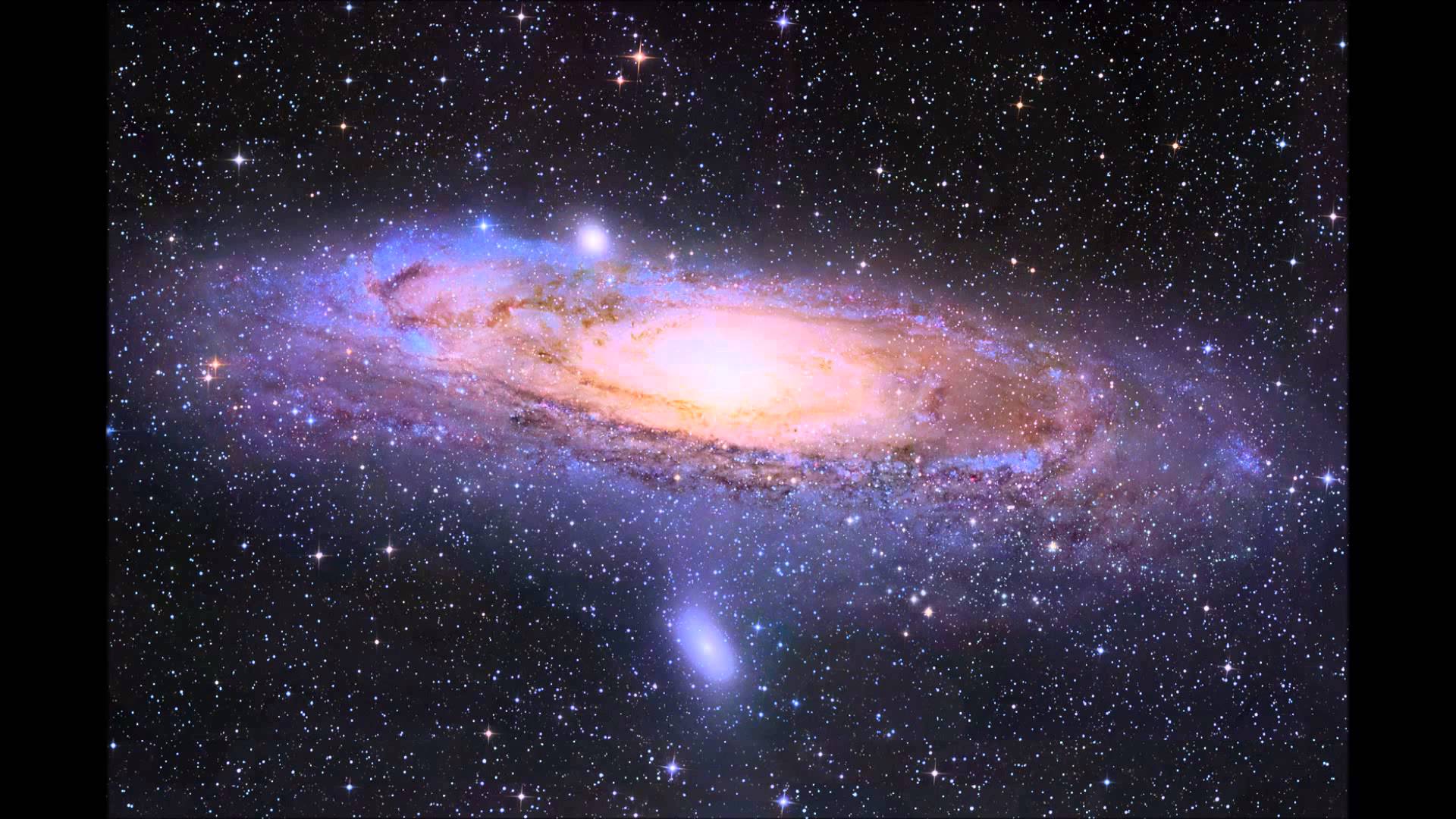
Scientists discovered an ancient galaxy that contains the first sources of oxygen.
A new study published in the journal Science, reveals that a primordial galaxy withholds the most distant and ancient sources of oxygen yet discovered. The galaxy, named SXDF-NB1006-2, was detected using the Atacama Large Millimeter/submillimeter Array (ALMA) in Chile. Scientists estimated that it was conceived 700 million years after the Big Bang.
“Our results showed this galaxy contains one tenth of oxygen found in our Sun. But the small abundance is expected because the universe was still young and had a short history of star formation at that time,” co-author Naoki Yoshida from the University of Tokyo said in a statement released on Thursday.
According to the Big Bang theory, the universe erupted into existence almost 13.8 billion years ago. The cosmos was a mixture of ionized gas composed of electrons and ions of hydrogen and helium. After 400,000 years, the universe transitioned into a “recombination” era wherein it cooled enough for ions to reattach into atoms.
This epoch is also speculated to be the first time light was emitted, but it later subsided. Subsequently, the universe then descended into a relative “dark ages,” a time before the first creation of stars.
The first generation of stars discharged strong radiation that ionized hydrogen yet again and yielded the fabrication of heavier elements of carbon and oxygen for instance. Investigators intend to study these heavier elements produced during this era would reveal the processes that activated reionization, which led to the beginnings of the first galaxies nearly 100 million years following the Big Bang.
Lead author Akio Inoue from the Osaka Sangyo University, Japan, said in a statement, “Seeking heavy elements in the early Universe is an essential approach to explore the star formation activity in that period,” and “Studying heavy elements also gives us a hint to understand how the galaxies were formed and what caused the cosmic reionization.”
Thus, SXDF-NB1006-2, would have been a prototype of the elements responsible for reionization. Analysts surmise that the young galaxy also contains very little un-ionised hydrogen gas, and a minimal amount of dust, which is made up of heavy elements.
“Something unusual may be happening in this galaxy. I suspect that almost all the gas is highly ionised,” Inoue added.
The report was originally published in International Business Times.

Leave a Reply